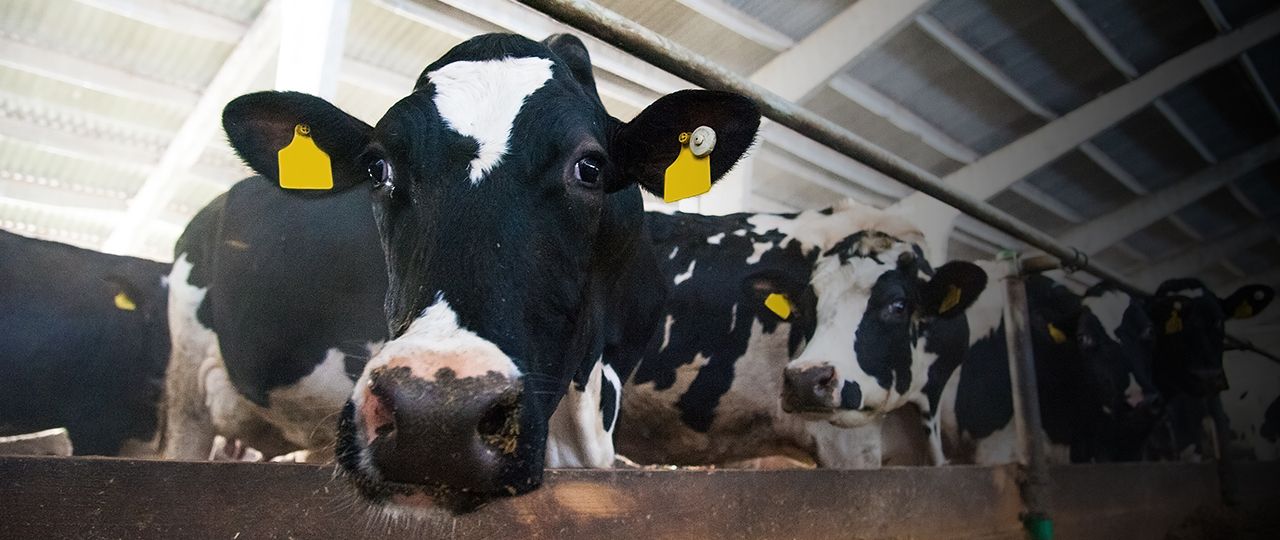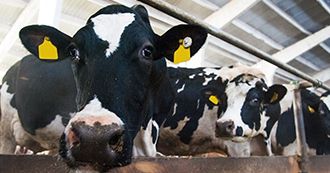
Welcome to this quarter’s Farming Update, which is produced by our Farming Research Group and reports on market and administrative issues that affect farmers’ business decisions and on which they may need to act.

Market prices have been broadly stable in the last year and the expectation is that they will remain close to today’s levels for some time, currency and global events notwithstanding. Pressure is growing on the re-authorisation of chemicals and we are seeing evidence in our Yields Results survey that delayed sowing to control blackgrass is making yields more variable. This makes reducing risks and diversifying income even more important so that farms can generate long-term sustainable profits with low or no production support.
Arable crops
Global
Both the International Grains Council (IGC) and USDA are reporting slight increases in world grain production forecasts for 2017/18, led by an increase in maize in the US. However, even taking this into account, production is expected to be 2.5% lower than 2016/17’s record harvest. Demand will be up marginally year-on-year (0.8% according to IGC) which is expected to result in a fall in ending stocks between 2017 and 2018 – the first fall in five years. This is not troubling the markets, as the closing stocks in 2018 are forecast to be 496 million tonnes; the second highest ever and some 19% higher than 2014’s closing stocks of 416mt. With a comfortable stock level, prices appear settled. Any further increases in estimated stock levels would be particularly bearish to world markets.
UK
As harvest drifts into the memory, it is worth remembering that for many growers it was a drawn out affair this year. After the earliest start most could remember, a wet August and September meant that many in the South were still cutting wheat and spring barley into September. Growers in the North of the country escaped the worst effects of the weather and although the delays were still felt, the fact that the crops ripened later meant that they held on to their quality much better than their southern cousins. This has led to somewhat of a north/south divide with little milling wheat available on farm in the south, but a reasonable stock further north. This has impacted on prices - particularly on milling premiums which are more variable around the country than normal. Different merchants have access to different end markets so it is particularly useful this year to take the time to obtain prices from more than one trader.
Prices have recovered somewhat from their falls in the early autumn, but the market is far from bullish, with both current and new crop prices remaining under pressure. There are several reasons for this, including the following:
- AHDB data on UK wheat exports shows that only 147,000T had been exported by the end of September. This is just over 20% of the volume exported by the same time last year, and suggests that UK stocks are unlikely to come under pressure any time soon.
- The Vivergo bioethanol plant in Yorkshire has closed early for maintenance due to a fall in bioethanol prices and political uncertainty in the industry. This plant processes around 800,000T of feed wheat each year from the surrounding area.
- Milling premiums are falling and are now between £10 and £17/T depending on location. Where milling wheat is of variable quality – such as low hagbergs – farmers are having to accept price penalties against the premium. However, if the premium falls much more, then what would have been milling wheat, will become feed wheat, as the potential price penalty could exceed any premium.
- Russia is working its way through its 4 million tonne exportable surplus of feed wheat, and France is also actively exporting its own surplus 2 million tonnes, both of which are cheaper than UK wheat.
Price rises are therefore more likely to result from external factors (eg global weather events) or currency movements rather than any tightening of stocks in the UK, at least in the short and medium term. As an aside (as an indicator of the relative state of the market) if it were not for the currency effects of the Brexit vote, wheat would be trading at around £15/T less than the current prices. In light of these factors we are encouraging clients to consider further sales of both old and new crop commodities.
Malting barley growers have also had a difficult season due to the wet harvest, and although the feed barley price (£124/T) is at only a small discount to wheat, malting premiums of £25-£30/T mean that anything with quality is valuable. Regular testing in store and prior to collection is essential this year, as germination has been so variable. Malting barley requires 98% germination and anything below that results in hefty penalties or re-direction charges.
In terms of oilseed rape, prices rises fell by almost 10% in the autumn, before recovering most of the falls. Assistance from currency (i.e. a weakening of the pound) will be needed if the price is to return to £330/T which is a price that we feel would trigger a raft of farmer selling.
